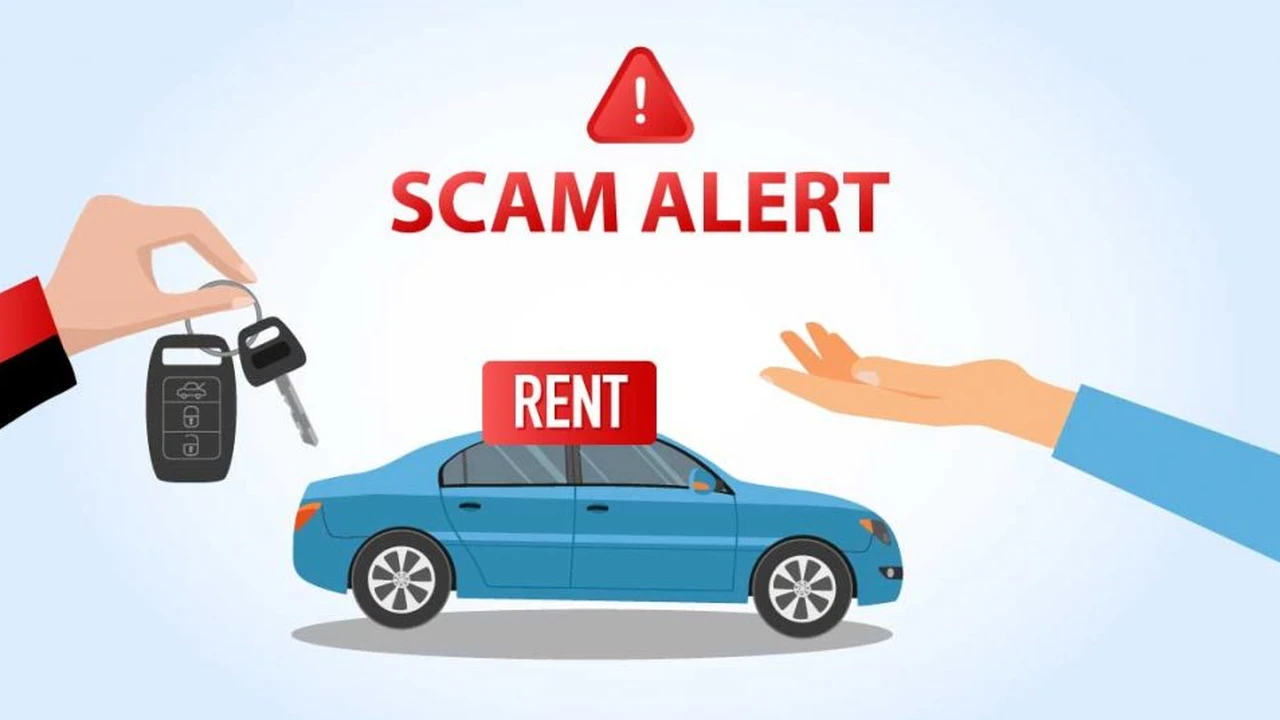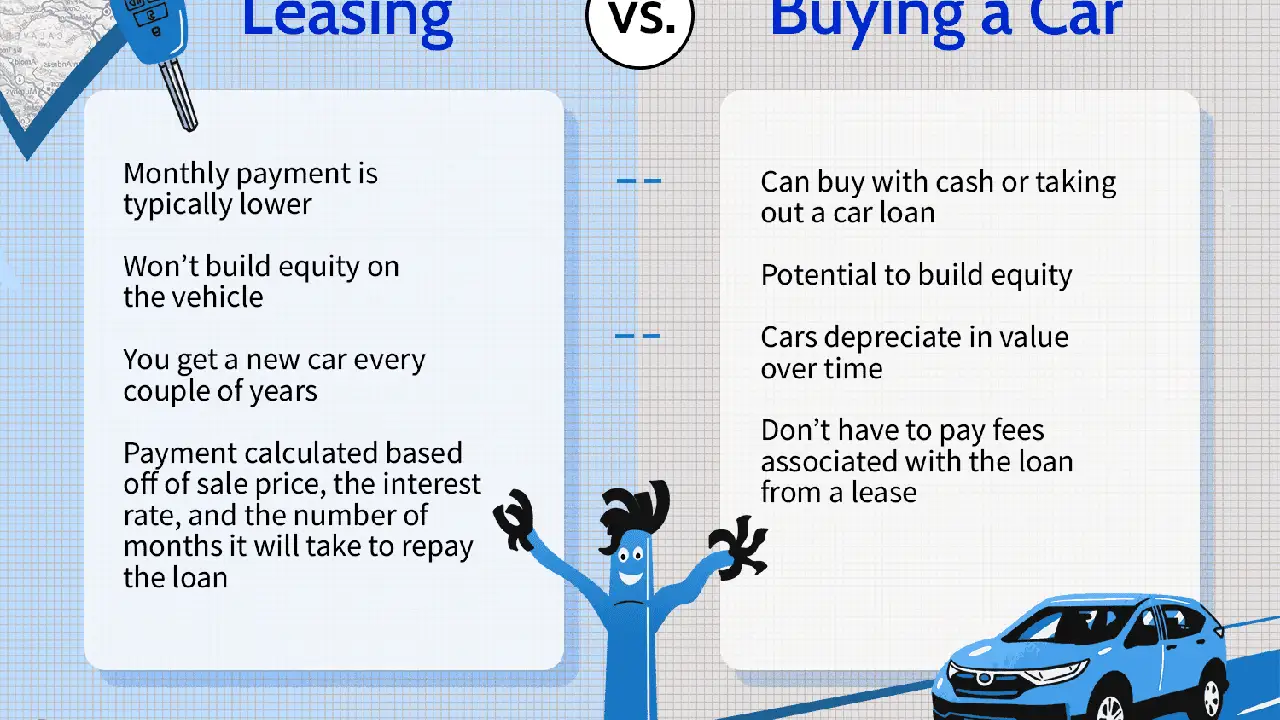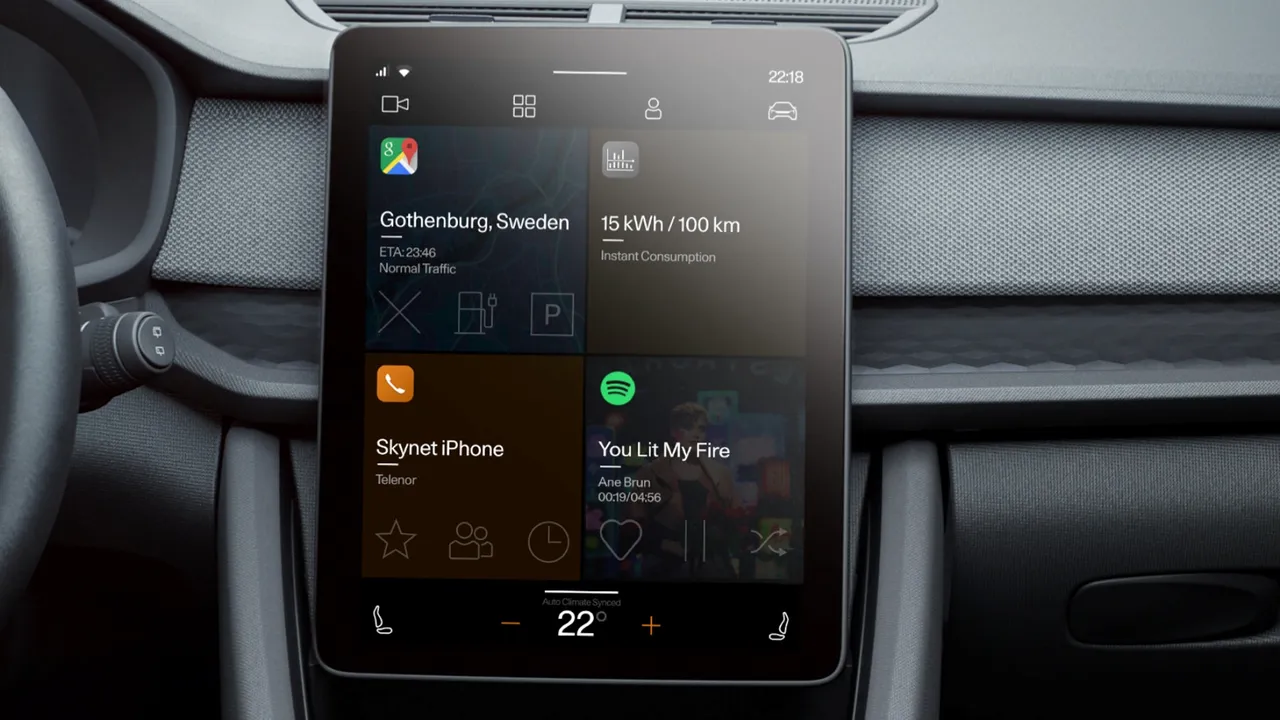Negotiating Wear-and-Tear Charges at Lease End

Understanding Wear and Tear Lease Agreements and Car Condition
Alright, let's talk about something that can be a real pain in the neck at the end of your car lease: wear and tear charges. You've enjoyed your car for a few years, but now it's time to hand it back. The leasing company is going to inspect it, and if they find anything beyond what they consider "normal wear and tear," you're going to get a bill. Nobody wants that, right? So, understanding your lease agreement is the first step. Seriously, dig it out and read it. Look for the section that defines "acceptable wear and tear." It's usually buried in there somewhere. They often include things like small scratches, minor dents, and worn tires. But the devil's in the details. What they consider "small" or "minor" might be different from your definition. And let's be honest, life happens. Kids happen. Parking lots happen. Bird droppings happen. It's hard to keep a car pristine for years. Knowing what you're up against is half the battle. Consider taking detailed pictures and videos of the car's condition *before* your lease return appointment. This provides documented evidence of the vehicle's state at the time of return, which can be valuable if you dispute any charges later. Think of it as your insurance policy against unexpected fees.
Pre-Inspection and Identifying Potential Wear and Tear Issues and Car Damage
Before you even think about returning the car, give it a good once-over yourself. Be critical. Pretend you're the leasing company's inspector. Look for scratches, dents, dings, scuffs on the wheels, stains on the interior, chips in the windshield, and tire wear. Don't forget to check things like the headlights and taillights to make sure they're working. If you find anything that you think might be a problem, take pictures. Lots of pictures. From different angles. And make a list. This is your "potential problem" list. Now, you have a choice. You can either try to fix these things yourself, or you can just accept that you're probably going to get charged for them. Which brings us to the next section...
DIY Repairs vs Professional Auto Body Shop: Cost-Effective Solutions for Car Wear
Okay, so you've got your list of potential problems. Now what? Well, you can try to fix some of them yourself. For example, if you have a small scratch, you might be able to buff it out with a scratch repair kit. These kits are relatively inexpensive and readily available at auto parts stores. Just follow the instructions carefully. If you have a small dent, you might be able to use a paintless dent repair kit. These kits use special tools to massage the dent out from the inside. They can be tricky to use, but if you're patient, you can often get good results. However, for anything more serious, like a large dent, a cracked windshield, or significant tire wear, you're probably better off taking it to a professional. Get quotes from a few different auto body shops. Explain that you're returning a leased car and you want to get the repairs done as cheaply as possible. They might be able to offer you a discount. Sometimes, the cost of the repair will be less than the charge you would get from the leasing company. But not always. Do your homework. And remember, time is money. If you're not comfortable doing the repairs yourself, don't risk making things worse.
Negotiating Strategies with the Leasing Company on Excess Wear and Tear
Alright, let's say you've done your best to fix the problems, but you still get a bill from the leasing company for excess wear and tear. Don't panic. This is where your negotiating skills come in. First, review the bill carefully. Make sure the charges are accurate. If you have pictures or videos of the car's condition before you returned it, now's the time to use them. Point out any discrepancies between the bill and your documentation. Second, be polite but firm. Explain that you understand the terms of the lease agreement, but you believe that some of the charges are unreasonable. Ask for a breakdown of the charges. How did they arrive at those numbers? Third, see if you can negotiate a lower price. Sometimes, the leasing company is willing to reduce the charges if you're willing to pay something. For example, you might offer to pay half the amount. Fourth, don't be afraid to walk away. If you can't reach an agreement, you can always dispute the charges with the leasing company's customer service department. You can also file a complaint with the Better Business Bureau. And if all else fails, you can take the leasing company to small claims court. It's a hassle, but it might be worth it if the charges are significant. Remember, the leasing company wants to get paid, but they also want to avoid a lawsuit. So, be persistent and don't give up easily.
Wear and Tear Insurance and Lease Protection Plans: Are They Worth It?
When you first leased your car, the dealer probably offered you a wear and tear insurance policy or a lease protection plan. These plans are designed to cover the cost of excess wear and tear charges at the end of the lease. But are they worth it? That depends. The cost of these plans can vary widely, depending on the make and model of your car, the length of the lease, and the level of coverage. Generally, the more expensive the car, the more expensive the plan. And the longer the lease, the more expensive the plan. Before you buy a plan, read the fine print carefully. Find out what's covered and what's not. Some plans only cover certain types of wear and tear, such as dents and scratches. Others exclude certain items, such as tires and windshields. Also, find out if there's a deductible. A deductible is the amount you have to pay out of pocket before the insurance company will pay. If the deductible is high, the plan might not be worth it. Ultimately, the decision of whether or not to buy a wear and tear insurance policy is a personal one. If you're worried about getting hit with a big bill at the end of the lease, it might be worth the peace of mind. But if you're a careful driver and you're confident that you can keep the car in good condition, you might be better off saving the money.
Documenting the Car's Condition: Photos, Videos, and Inspection Reports and Lease Return
We touched on this earlier, but it's worth repeating. Before you return your leased car, document its condition thoroughly. Take lots of photos and videos. Focus on any areas that might be considered excess wear and tear. Get close-ups of scratches, dents, and scuffs. Take pictures of the tires, the windshield, and the interior. If possible, get a pre-inspection report from a third-party mechanic. This report will provide an independent assessment of the car's condition. The more documentation you have, the better. This will give you leverage when you're negotiating with the leasing company. And if you end up having to dispute the charges, you'll have solid evidence to support your claim. Store all your documentation in a safe place. You'll need it when you return the car.
Understanding Lease Agreement Fine Print and Car Damage Responsibility
We've mentioned reading the lease agreement a few times, but it's so important it bears repeating. The lease agreement is a legally binding contract. It spells out your rights and responsibilities. It also spells out the leasing company's rights and responsibilities. Before you sign the lease agreement, read it carefully. If you don't understand something, ask questions. Don't just assume that you know what it means. Pay particular attention to the sections that define "acceptable wear and tear" and "excess wear and tear." These sections will tell you what you're responsible for. Also, pay attention to the sections that describe the inspection process. How will the leasing company inspect the car? What criteria will they use? What are your rights if you disagree with their assessment? Knowing the fine print can save you a lot of headaches down the road. It can also help you avoid getting ripped off.
Alternatives to Paying Wear and Tear Charges: Lease Buyout, New Lease Deals and Car Trade-In
Sometimes, the best way to avoid wear and tear charges is to avoid returning the car altogether. There are a few ways to do this. First, you can buy out the lease. This means that you purchase the car from the leasing company. The price will be based on the car's residual value, which is the estimated value of the car at the end of the lease. If you like the car and you plan to keep it for a long time, buying out the lease might be a good option. Second, you can trade in the car for a new lease. The dealer might be willing to give you a good deal on a new lease if you trade in your old car. This can be a good way to get out of the lease without paying wear and tear charges. Third, you can sell the car privately. This can be a good way to get more money for the car than you would get from a dealer. However, it can also be more time-consuming and require more effort. Before you decide to return the car, explore all your options. You might be surprised at what you find.
Recommended Products for Car Maintenance and Repair to Minimize Wear and Tear
Okay, let's talk about some specific products that can help you minimize wear and tear and potentially save you money at the end of your lease. These are just suggestions, and you should always do your own research to find the best products for your needs and budget.
Scratch Repair Kits and Car Paint Restoration
For minor scratches and swirl marks, a good scratch repair kit can work wonders. I recommend the Meguiar's ScratchX 2.0. It's easy to use and effective at removing light imperfections. You can find it at most auto parts stores for around $10-$15. Another option is the Chemical Guys VSS Scratch & Swirl Remover, which is a bit more aggressive and better suited for slightly deeper scratches. It's usually priced around $20-$25. Use these products with a microfiber cloth and follow the instructions carefully.
Paintless Dent Repair Kits for Car Body
If you have a small dent, a paintless dent repair kit might be worth trying. The Gliston Dent Repair Kit is a popular choice. It comes with various sized pulling tabs and a glue gun. It takes some practice, but with patience, you can achieve decent results. These kits typically cost around $30-$40. For a more professional-grade kit, consider the Astro Pneumatic Tool 7837 ONYX Easy Dent Repair Kit, but be prepared to spend around $150-$200.
Tire Pressure Monitoring Systems (TPMS) and Tire Condition
Maintaining proper tire pressure is crucial for even wear and tear. A good TPMS can alert you to pressure drops before they become a problem. The Vesafe Digital Tire Pressure Gauge is accurate and easy to use, costing around $15. For a more advanced system, consider a Bluetooth TPMS like the FOBO Tire 2, which sends pressure readings to your smartphone. These systems are more expensive, typically around $200 for a set of four.
Interior Cleaning Products and Car Detailing
Keeping your car's interior clean can prevent stains and wear. For general cleaning, I recommend Armor All Multi-Purpose Auto Cleaner. It's affordable and effective on most surfaces, costing around $5. For leather seats, use a dedicated leather cleaner and conditioner like Lexol Leather Cleaner and Conditioner Kit, priced around $20. To protect your dashboard from UV damage, use a protectant like 303 Aerospace Protectant, which costs around $20 and is great for protecting against fading and cracking.
Windshield Repair Kits and Glass Care
For small windshield chips, a repair kit can prevent them from spreading. The Rain-X Windshield Repair Kit is a popular and effective option, costing around $10. Follow the instructions carefully and apply the resin in a shaded area. For regular windshield cleaning, use a streak-free glass cleaner like Invisible Glass Premium Glass Cleaner, which costs around $5.
Product Comparison and Usage Scenarios for Car Maintenance
Let's compare some of these products in different scenarios:
- Scenario: Small Scratch on Door
- Option 1: Meguiar's ScratchX 2.0 (Easy to use, good for light scratches, ~$15)
- Option 2: Chemical Guys VSS (More aggressive, better for slightly deeper scratches, ~$25)
- Scenario: Small Dent on Fender
- Option 1: Gliston Dent Repair Kit (Requires practice, affordable, ~$35)
- Option 2: Professional Auto Body Shop (Guaranteed results, more expensive, ~$100+)
- Scenario: Low Tire Pressure
- Option 1: Vesafe Digital Tire Pressure Gauge (Accurate, affordable, ~$15)
- Option 2: FOBO Tire 2 (Bluetooth, sends readings to smartphone, convenient but expensive, ~$200)
Remember to always read the product instructions carefully and test in an inconspicuous area first. Also, consider the cost of the product versus the potential savings on wear and tear charges. Sometimes, it's cheaper to just pay the charge at the end of the lease.
:max_bytes(150000):strip_icc()/277019-baked-pork-chops-with-cream-of-mushroom-soup-DDMFS-beauty-4x3-BG-7505-5762b731cf30447d9cbbbbbf387beafa.jpg)






